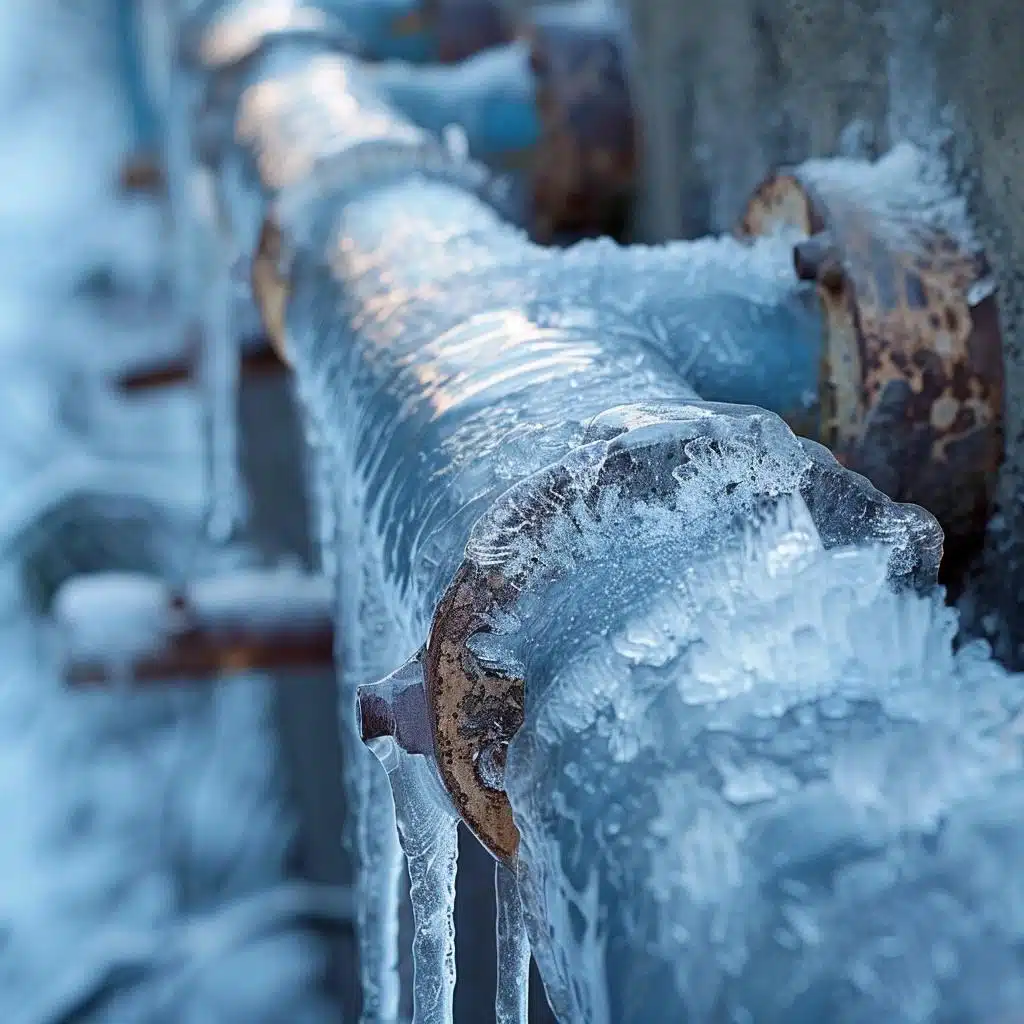Tips to Safeguard Pipes from Cold Weather: Expert Advice
Tips to Safeguard Pipes from Cold Weather: Expert Advice
Blog Article
Everybody may have their personal thinking involving How to Prevent Your Pipes From Freezing.

Winter can damage your pipes, specifically by freezing pipes. Here's just how to avoid it from happening and what to do if it does.
Intro
As temperatures drop, the risk of frozen pipes increases, potentially leading to expensive repair services and water damages. Understanding how to avoid icy pipes is crucial for home owners in cold environments.
Prevention Tips
Shielding prone pipelines
Wrap pipelines in insulation sleeves or use warm tape to protect them from freezing temperature levels. Concentrate on pipes in unheated or outside locations of the home.
Home heating techniques
Keep indoor rooms adequately heated, particularly areas with plumbing. Open closet doors to permit cozy air to distribute around pipes under sinks.
How to identify icy pipelines
Search for decreased water flow from taps, unusual odors or sounds from pipes, and noticeable frost on exposed pipelines.
Long-Term Solutions
Structural adjustments
Take into consideration rerouting pipes far from outside walls or unheated locations. Add added insulation to attics, cellars, and crawl spaces.
Upgrading insulation
Buy premium insulation for pipelines, attics, and wall surfaces. Proper insulation aids maintain constant temperature levels and decreases the threat of frozen pipes.
Shielding Outdoor Pipes
Yard hoses and outside taps
Detach and drain pipes garden hoses before winter months. Set up frost-proof spigots or cover outdoor taps with insulated caps.
Recognizing Icy Pipes
What triggers pipes to ice up?
Pipes freeze when subjected to temperatures below 32 ° F (0 ° C) for extended periods. As water inside the pipes freezes, it expands, putting pressure on the pipe walls and potentially triggering them to rupture.
Dangers and damages
Frozen pipes can lead to supply of water disruptions, residential or commercial property damages, and pricey repairs. Ruptured pipelines can flooding homes and create considerable architectural damages.
Indicators of Frozen Water Lines
Identifying icy pipes early can prevent them from rupturing.
What to Do If Your Pipes Freeze
Immediate activities to take
If you think icy pipes, maintain faucets open up to ease stress as the ice melts. Make use of a hairdryer or towels soaked in warm water to thaw pipes slowly.
Verdict
Avoiding icy pipes needs aggressive measures and quick feedbacks. By understanding the causes, indicators, and safety nets, property owners can secure their pipes during winter.
5 Ways to Prevent Frozen Pipes
Drain Outdoor Faucets and Disconnect Hoses
First, close the shut-off valve that controls the flow of water in the pipe to your outdoor faucet. Then, head outside to disconnect and drain your hose and open the outdoor faucet to allow the water to completely drain out of the line. Turn off the faucet when done. Finally, head back to the shut-off valve and drain the remaining water inside the pipe into a bucket or container. Additionally, if you have a home irrigation system, you should consider hiring an expert to clear the system of water each year.
Insulate Pipes
One of the best and most cost-effective methods for preventing frozen water pipes is to wrap your pipes with insulation. This is especially important for areas in your home that aren’t exposed to heat, such as an attic. We suggest using foam sleeves, which can typically be found at your local hardware store.
Keep Heat Running at 65
Your pipes are located inside your walls, and the temperature there is much colder than the rest of the house. To prevent your pipes from freezing, The Insurance Information Institute suggests that you keep your home heated to at least 65 degrees, even when traveling. You may want to invest in smart devices that can keep an eye on the temperature in your home while you’re away.
Leave Water Dripping
Moving water — even a small trickle — can prevent ice from forming inside your pipes. When freezing temps are imminent, start a drip of water from all faucets that serve exposed pipes. Leaving a few faucets running will also help relieve pressure inside the pipes and help prevent a rupture if the water inside freezes.
Open Cupboard Doors
Warm your kitchen and bathroom pipes by opening cupboards and vanities. You should also leave your interior doors ajar to help warm air circulate evenly throughout your home.

I have been very taken with 6 Ways to Prevent Frozen Pipes and I am assuming you enjoyed the blog entry. You should take the opportunity to share this write-up if you appreciated it. Thank you so much for going through it.
Schedule Services Report this page